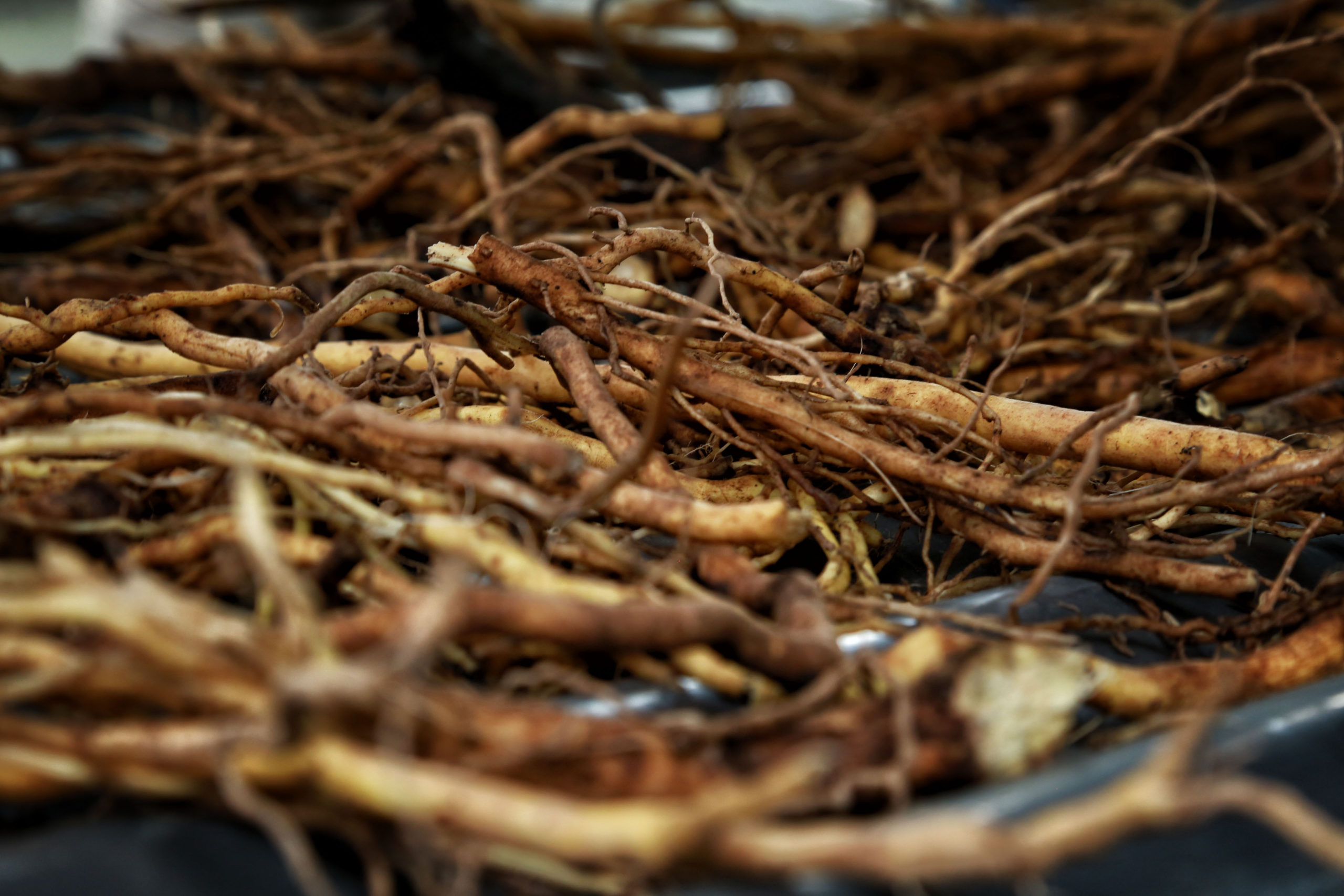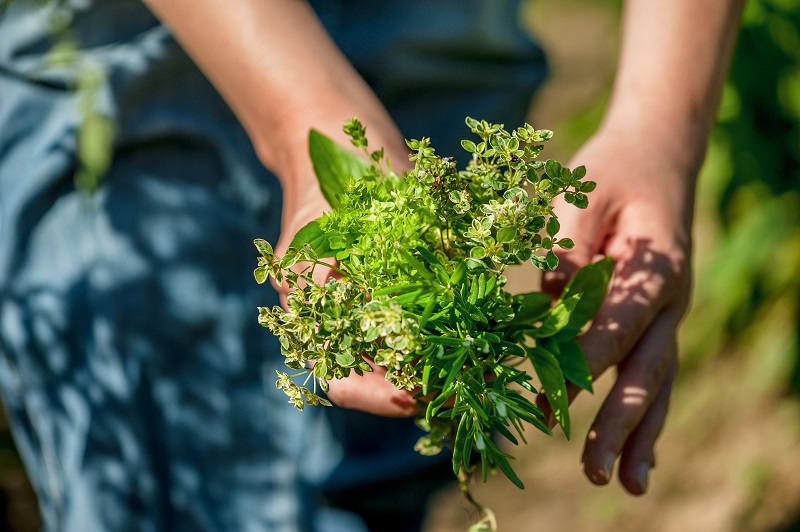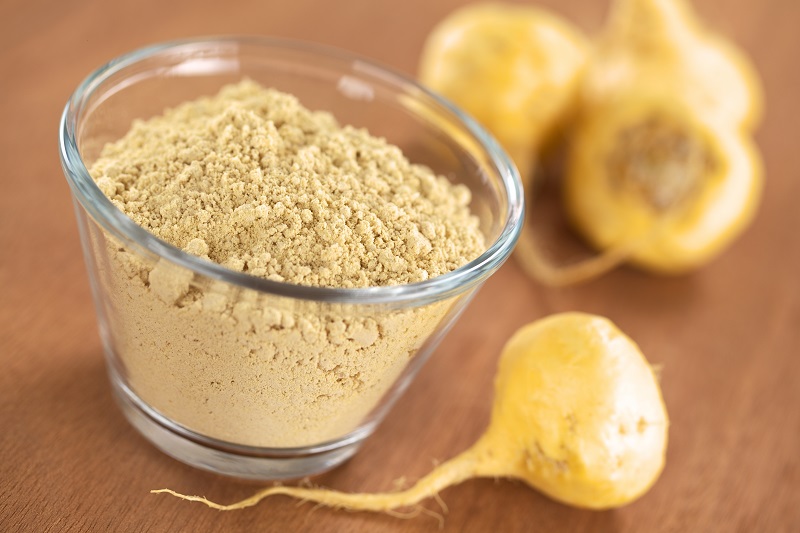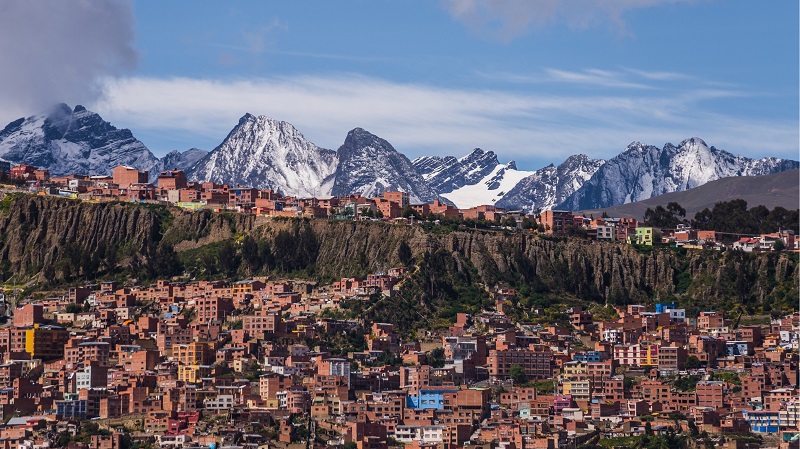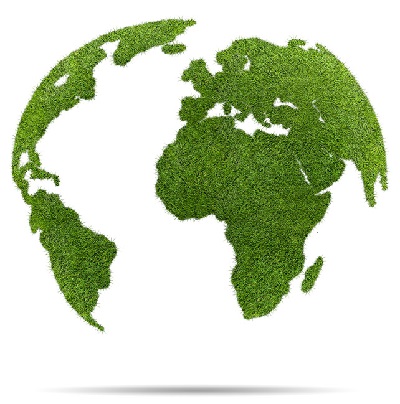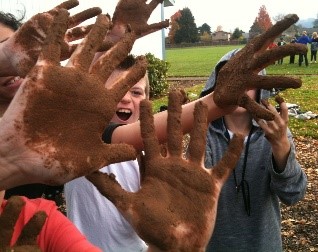Introduction
Kava is a traditional medicinal plant from the South Pacific. It originated either on the island of New Guinea or Vanuatu1, but no one knows for sure. Currently, it grows on many islands in Oceania.
The scientific name for the kava most popularly used today is Piper methysticum. Actually, this cultivar is sterile, cultivated by Pacific Islanders from the original, Piper wichmanii1. Kava’s active chemical compound is the kavalactone1 and is concentrated mostly in the roots2. Furthermore, the roots are the traditional, and current, plant part that makes a drink that has a calming effect. In fact, studies have shown kavalactone has a slight effect on reducing anxiety3.
Kava and Climate
Kava grows in moist, forested areas at a low elevation1. The plants are harvested around four years old for their roots2 and rely entirely on humans for cultivation1. That said, the age range for harvest can be anywhere between 2 and 7 years.
Today, kava still mainly grows on the islands of the Southern Pacific. Further, El Niño causes droughts during the normal wet season4 and La Niña has the opposite effect, increasing rainfall and storms5, which can cause crop destruction1. The last time there was neither El Niño nor La Niña was 2013, meaning that 7-year crops planted in 2013 survived either drought or storms every year or both in a year.
Kava Caution
Kava had been banned in several countries, including Canada, due to liver-related injuries and death6. Though Canada lifted the ban in 2012, Kava remains regulated in many countries2. Those with liver issues or taking other drugs that affect the liver should consult a health care provider before taking Kava in any form. To that end, consumption of Kava with alcohol can increase the risk of liver damage and should be avoided3.
Sources
- Kava Kava (Piper Methysticum) | United Plant Savers
- Kava – Wikipedia
- Kava | NCCIH
- El Niño – Wikipedia
- La Niña – Wikipedia
- Kava: Uses, Side Effects, Interactions, Dosage, and Warning | WebMD

